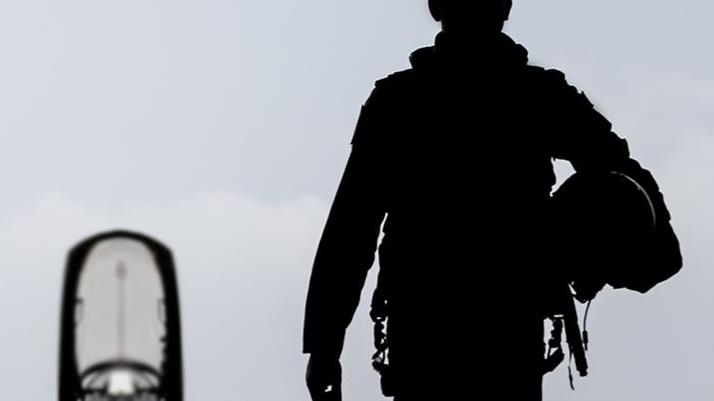Higher cancer rates among US military pilots, air crews to be studied
According to Defense Department study, out of 900,000 people who worked on fixed-wing aircraft from 1992 to 2017, aircrew members had 24% higher cancer rate than peers in general population

ISTANBUL
Rates of cancer and deaths due to cancer among US military fixed-pilots and aircrews will be studied by an independent board under a new law, Military.com said on Monday.
The law signed by President Donald Trump will provide an opportunity to the National Academies of Sciences, Engineering and Medicine to carry out a comprehensive evaluation on the prevalence of diverse cancers among the personnel who flew fighter jets, training planes, surveillance aircraft, and other planes while on active duty to see if cancer rates are higher among aviation personnel.
According to a 2023 Defense Department study, out of 900,000 people who worked on fixed-wing aircraft from 1992 to 2017, aircrew members had a 24% higher cancer rate than the general population. This included an 87% higher rate of melanoma, a 39% higher rate of thyroid cancer, and a 16% higher rate of prostate cancer.
After the report, lawmakers said more research is needed to fully understand the link between aviation jobs and cancer.
A member of Congress from Texas who was on active duty for 20 years called the new law "a lifeline" for pilots.
"I introduced this bill in honor of my dear friend and former fighter pilot, (air force Col. Andy Shurtleff), who recently lost his life in a second battle he never signed up to fight. We owe it to him, and every service member like him, to properly study the prevalence of military aviation cancer rates," Rep. August Pfluger said in a statement last Thursday.
"As a former navy pilot, there are certain risks that we know and accept come with our service, but we know far less about the health risks that are affecting many aviators and aircrews years later," Sen. Mark Kelly, Democrat of Arizona, also said in a statement.
"Veteran aviators and aircrews deserve answers about the correlation between their job and cancer risks so we can reduce those risks for future pilots," he added.
- 11 types of cancer
Under the new law, a board from the National Academies of Sciences, Engineering, and Medicine will look into what military aviation workers may have been exposed to, such as radiation, UV light, chemicals, or other materials.
The air force cautioned, however, that the results are not final and based on roughly half the data the service plans to review for the study.
The group will also review all existing research on cancer in the aviation community, along with data from the Department of Veterans Affairs, Defense Department, military branches, and National Center for Health Statistics.
Their aim is to better understand any link between serving on military jets and at least 11 types of cancer.
The law specifically requires them to look into brain cancer, colon and rectal cancer, kidney cancer, lung cancer, melanoma, non-Hodgkin lymphoma, pancreatic cancer, prostate cancer, testicular cancer, thyroid cancer, urinary bladder cancer, and any other cancers the Veteran Affairs (VA) and national academies think should be included.
The law also requires the VA to make a contract with the national academies within 30 days.
However, the air force warned that the results aren't final and are based on only about half of the data they plan to review for the study.








